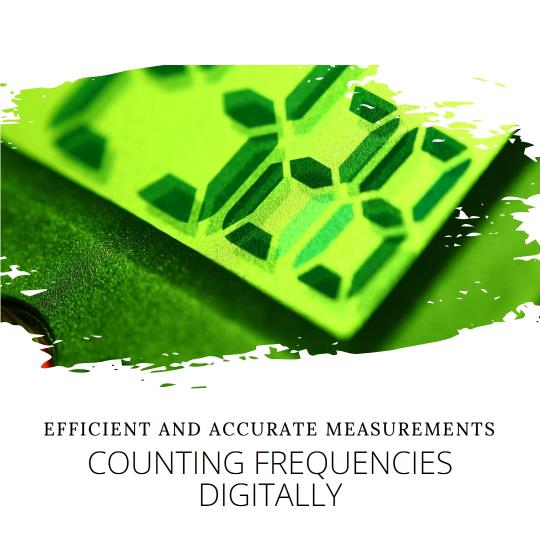
Introduction to Digital Counters: Digital counters play a pivotal role in various fields of electronics and engineering, with one of their prominent applications being in frequency measurement. These sophisticated devices are instrumental in accurately counting the number of events or cycles within a specified time frame. In this comprehensive exploration, we will delve into the principles and applications of digital counters in frequency measurement, shedding light on their essential role in modern technology.
How Digital Counters Work: Digital counters operate on the basic principle of tallying incoming pulses or events. They employ flip-flops, integrated circuits, or microcontrollers to process and count incoming signals. As each event or pulse is detected, the counter increments by one, providing a real-time tally of the occurrences. The speed and accuracy of digital counters make them indispensable in applications where precise frequency measurement is required.
Digital Tasbeeh Counter: While digital counters have a multitude of technical applications, they also cater to personal and religious needs. An example of this is the "Digital Tasbeeh Counter" app, available on the Google Play Store. This user-friendly app provides a digital solution for counting prayers or recitations in Islam. It utilizes the principles of digital counting to help users keep track of their religious observances conveniently. While distinct in its application, the Digital Tasbeeh Counter showcases the versatility of digital counters in various aspects of life.
Frequency Measurement with Digital Counters: Digital counters excel in measuring the frequency of periodic signals, such as those generated by electronic circuits or oscillators. By counting the number of signal cycles within a known time interval, digital counters can calculate the frequency using a straightforward formula: Frequency (f) = Number of Counts (N) / Time Interval (T). This simple yet powerful relationship allows engineers and technicians to determine the frequency of a signal with high accuracy.
Applications in Electronics and Telecommunications: Digital counters find extensive use in electronics and telecommunications. They are employed in tasks ranging from calibrating frequency synthesizers and testing radio transmitters to measuring the accuracy of clock signals in microprocessors. Their ability to precisely quantify frequency is invaluable for maintaining the integrity and reliability of various electronic systems.
Conclusion: Digital counters are the unsung heroes of the modern technological landscape, contributing significantly to fields as diverse as electronics, telecommunications, and personal spirituality. Their ability to accurately measure frequency has revolutionized countless applications, ensuring the precision and reliability of electronic systems. Whether in laboratories, communication networks, or religious practices, digital counters continue to be a cornerstone of accurate event counting and frequency measurement.

No comments yet